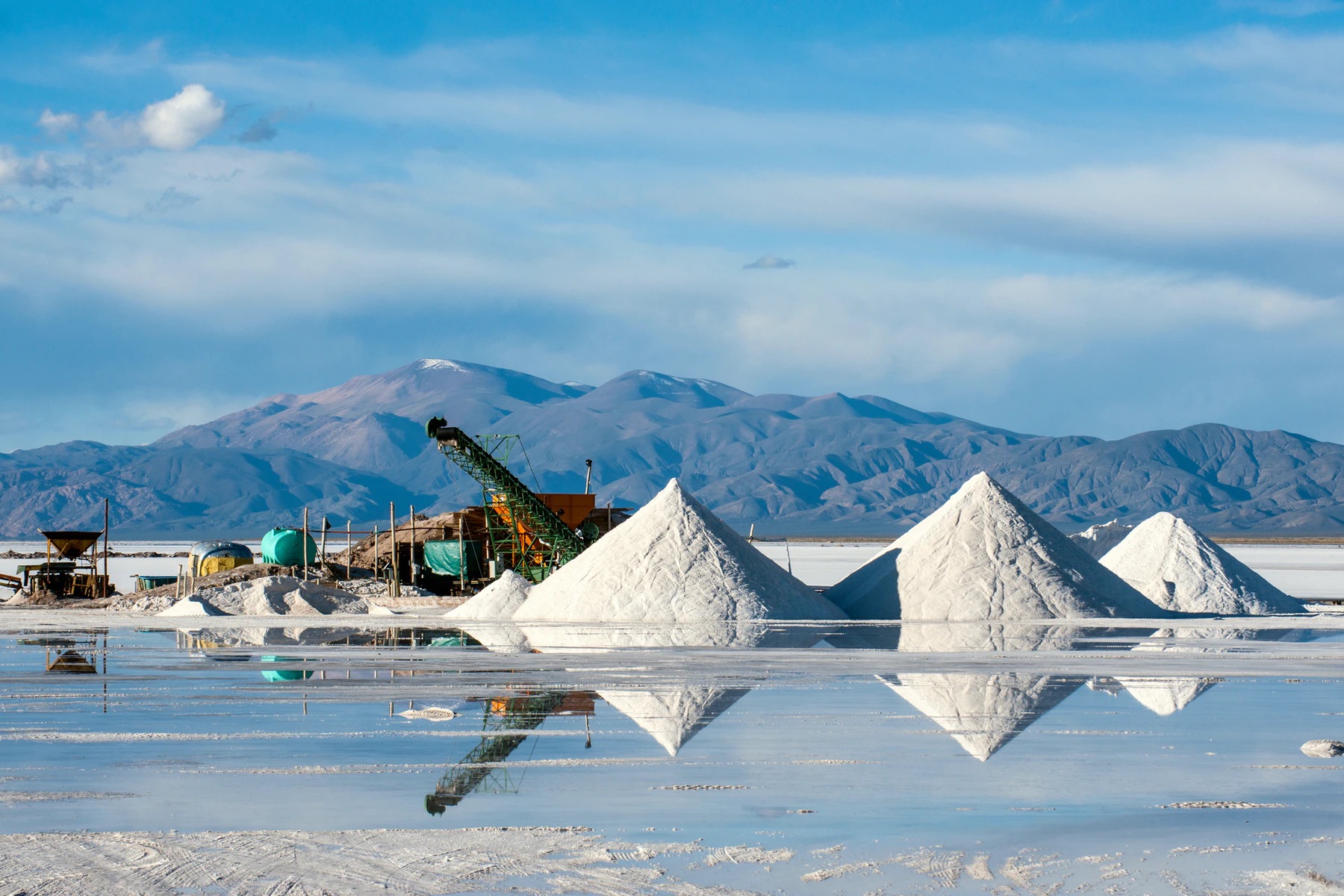
Critical minerals are a strategic area for governments, corporates, business leaders and the world at large as they are fundamental to the future clean energy economy. According to World Bank projections, over 3 billion tons of metals and minerals will be needed by 2050 to scale up wind, solar, geothermal power and energy storage to reach the net-zero targets. Critical minerals are in increased global demand and needed to support important manufacturing sectors such as:
Global Road Technology discusses the role of critical minerals in clean energy transitions focusing on what they are, global role players, projects and roles as well as the International Energy Agency plan of action.
Critical minerals are metals and non-metals that are considered vital for the economic well-being of the world’s major and emerging economies, yet those whose supply may be at risk due to geological scarcity, geopolitical issues, trade policy amongst many other factors. They include rare earth elements and other metals such as:
Australia is one of the key countries that produces lithium, comfortably holding the majority share of the product for extraction. The Australian Government recently announced a $2 billion loan facility to support developing critical mineral projects in the drive for the new energy economy and support the resources jobs of the future. China holds the lion’s share of processing for nearly all critical minerals for energy transition technologies. Now China has an export-control law that it could use to restrict overseas purchases of key minerals and rare earths. So the US, Canada and Australia made an agreement known as the Critical Minerals Mapping Initiative. The goal of the CMMI is to build a diversified supply of critical minerals in Australia, Canada and the USA whilst learning more through the country’s past and on-going efforts, and together, forge new knowledge that be applied across the three nations. In the USA, 35 mineral commodities deemed critical by the Department of Interior are 100% obtained from foreign sources. Canada is stamping its foot in playing an increasing role in producing critical minerals for world markets and is tireless working on becoming a preferred global supplier of critical minerals, products and technologies that are essential to building a net zero economy.
Critical minerals will play a major role in the provision of a suite of new clean technologies required to replace the functionality of fossil fuels in meeting climate goals reports a major study performed by the International Energy Agency (IEA). The projections and roles of critical minerals in clean energy transitions will be as follows:
There is a complex link amongst critical minerals, energy security, and the prospects for a sustainable, sequential yet rapid transformation of the energy sector and the IEA is liaising international coordination and due diligence. Building on the IEA’s leadership role in energy security, these key areas of action have been identified for critical minerals to enable an accelerated transition to clean energy:
The key areas that will help realize the role of critical minerals in the clean energy transition include international cooperation through technology, research and development, regulatory policy and due diligence of all the stakeholders involved across the value chain. Critical minerals have a pivotal role to play in the clean energy transitions but that can only happen if the major players contribute to industrial reforms and transition to low-carbon technologies at every key stage of extraction, processing and supply of the critical minerals.
Your feedback is important to us. If you enjoyed reading this Global Road Technology industry update and found it informative, please let us know by leaving a REVIEW.
References
Are environmental regulations, health and safety concerns or potential profit loss a concern right now?
Contact Us Now